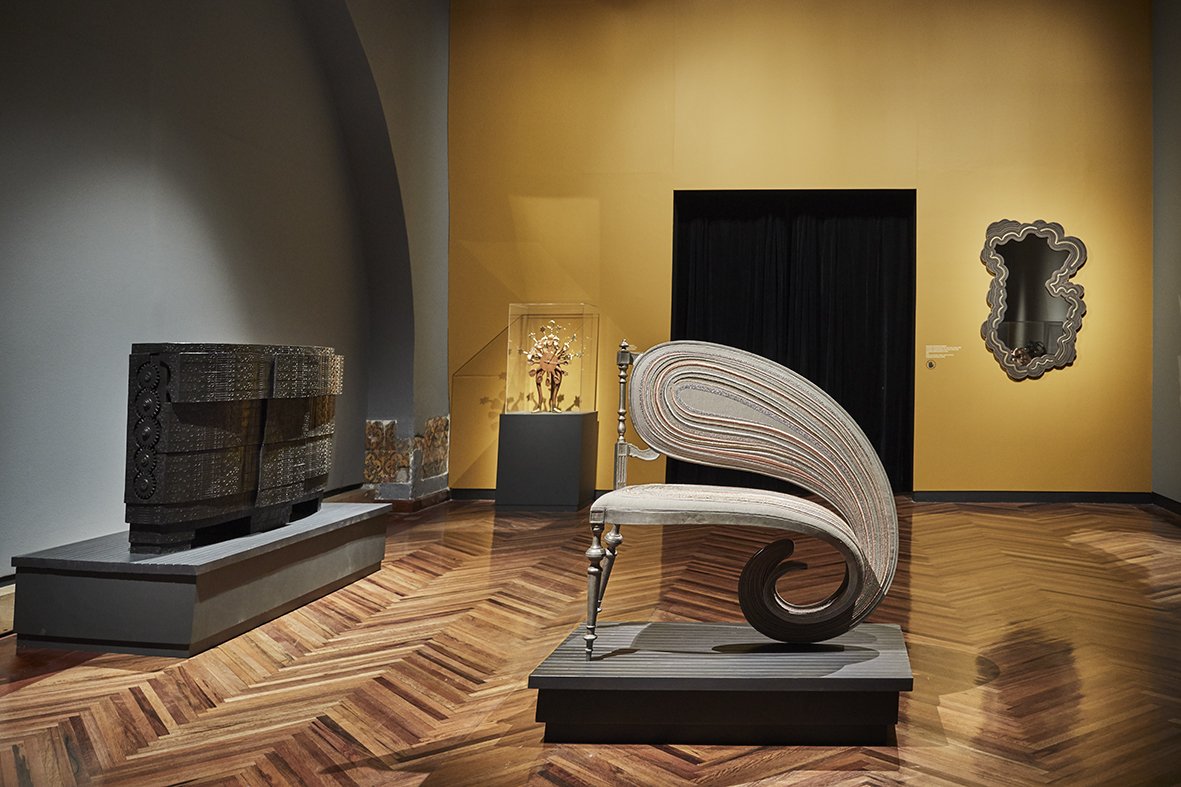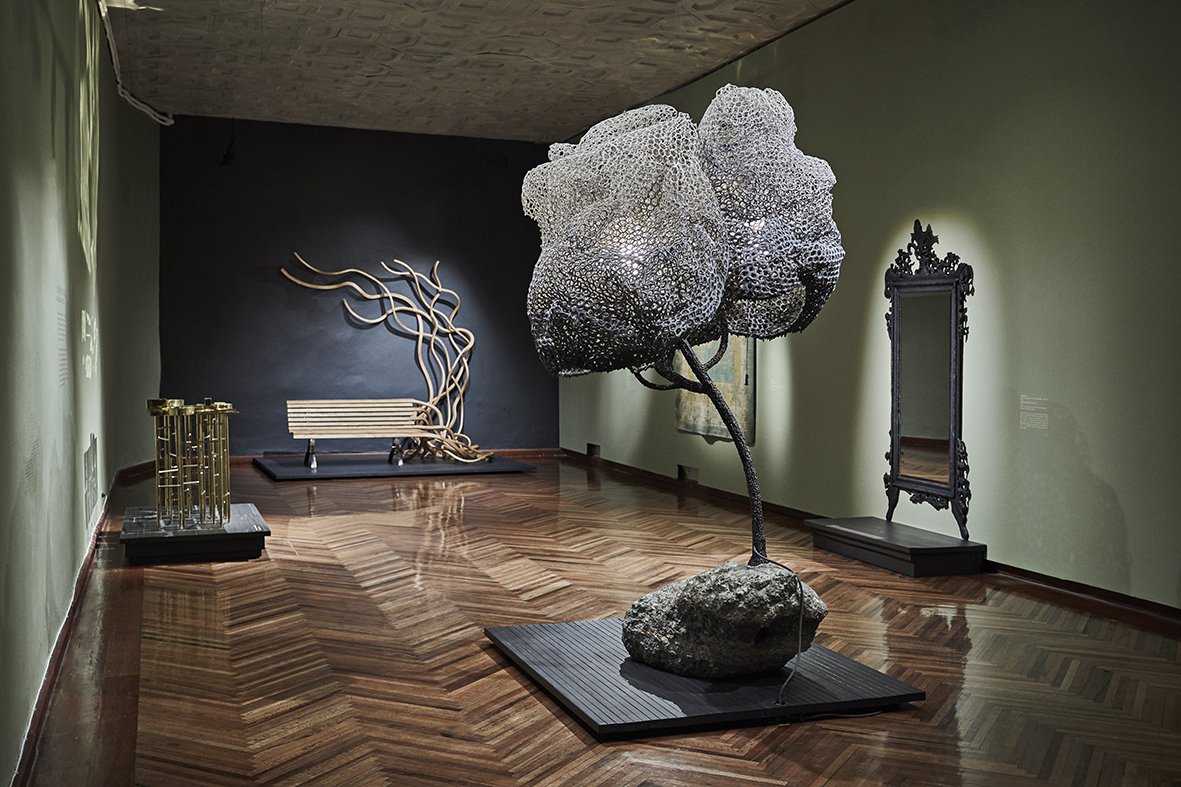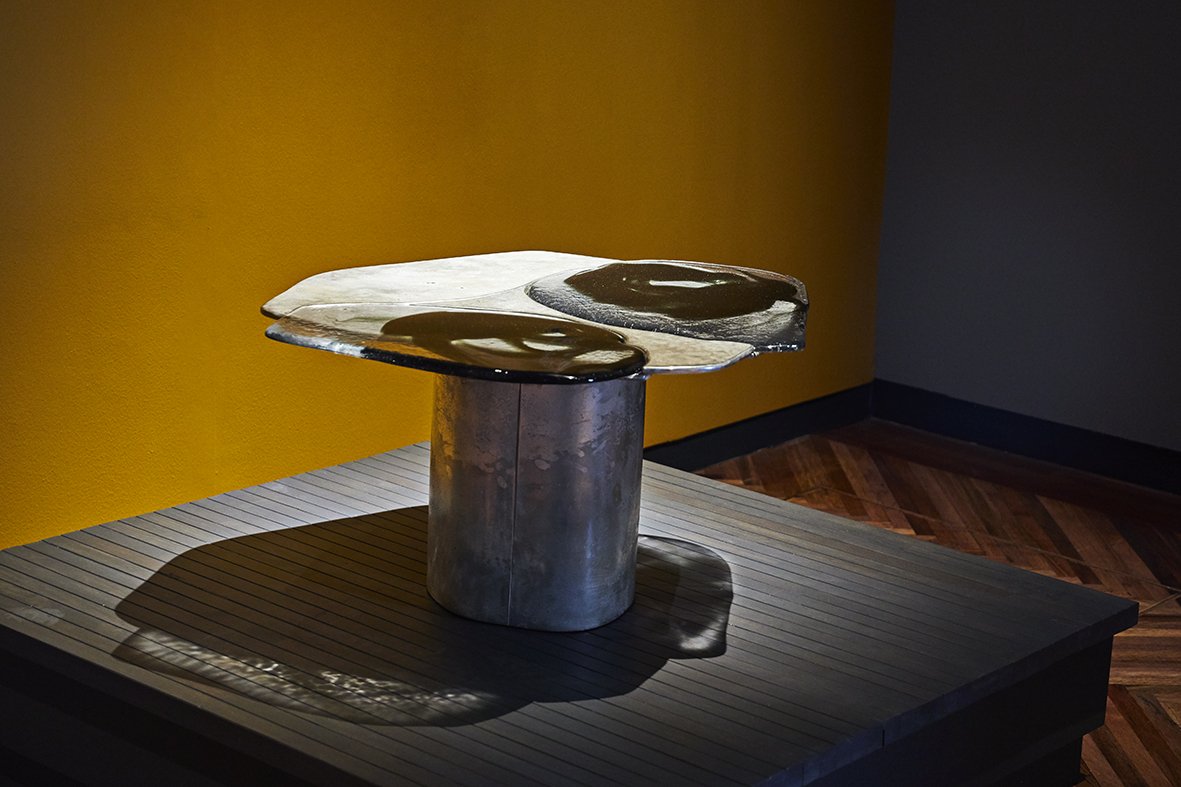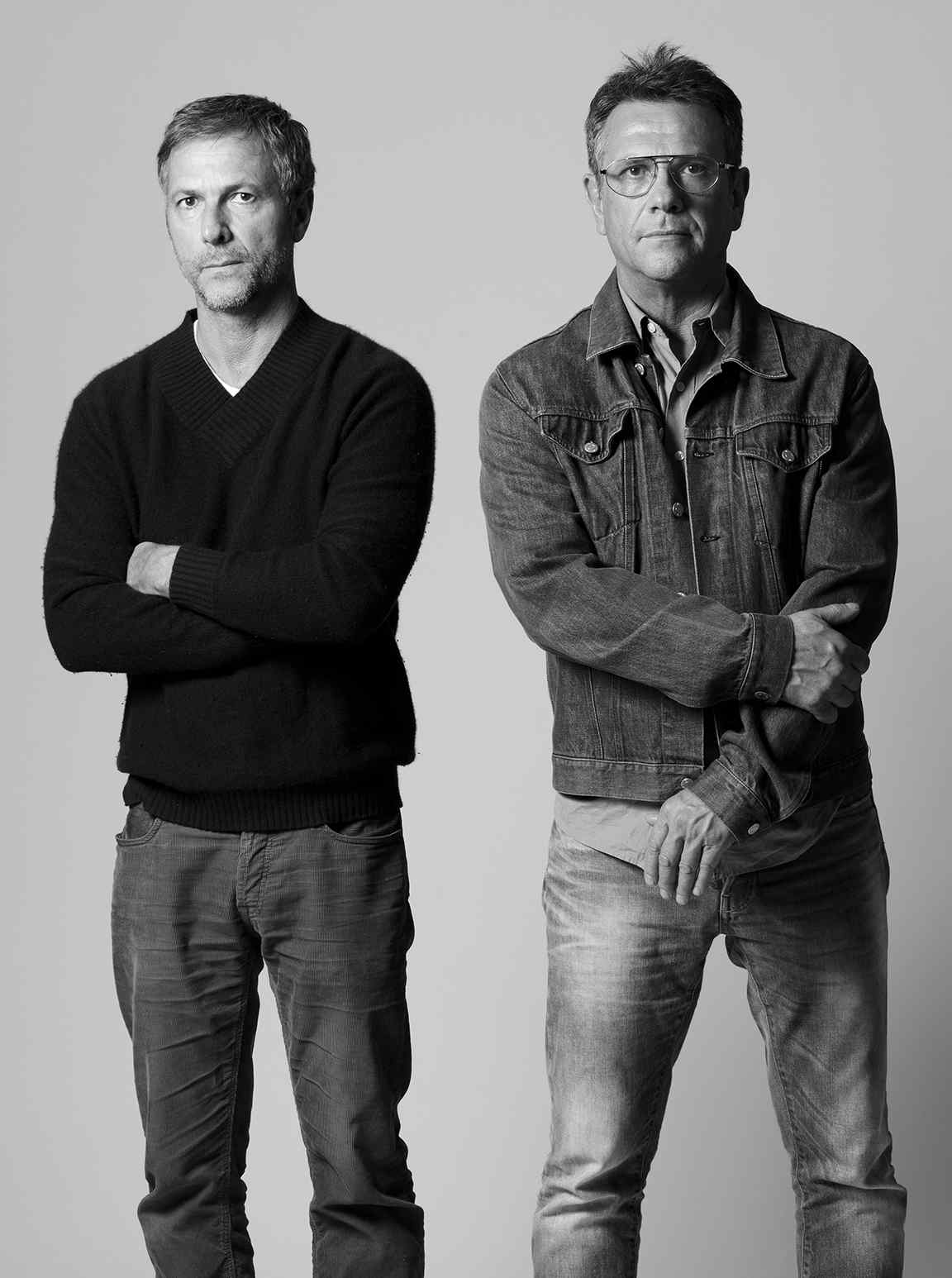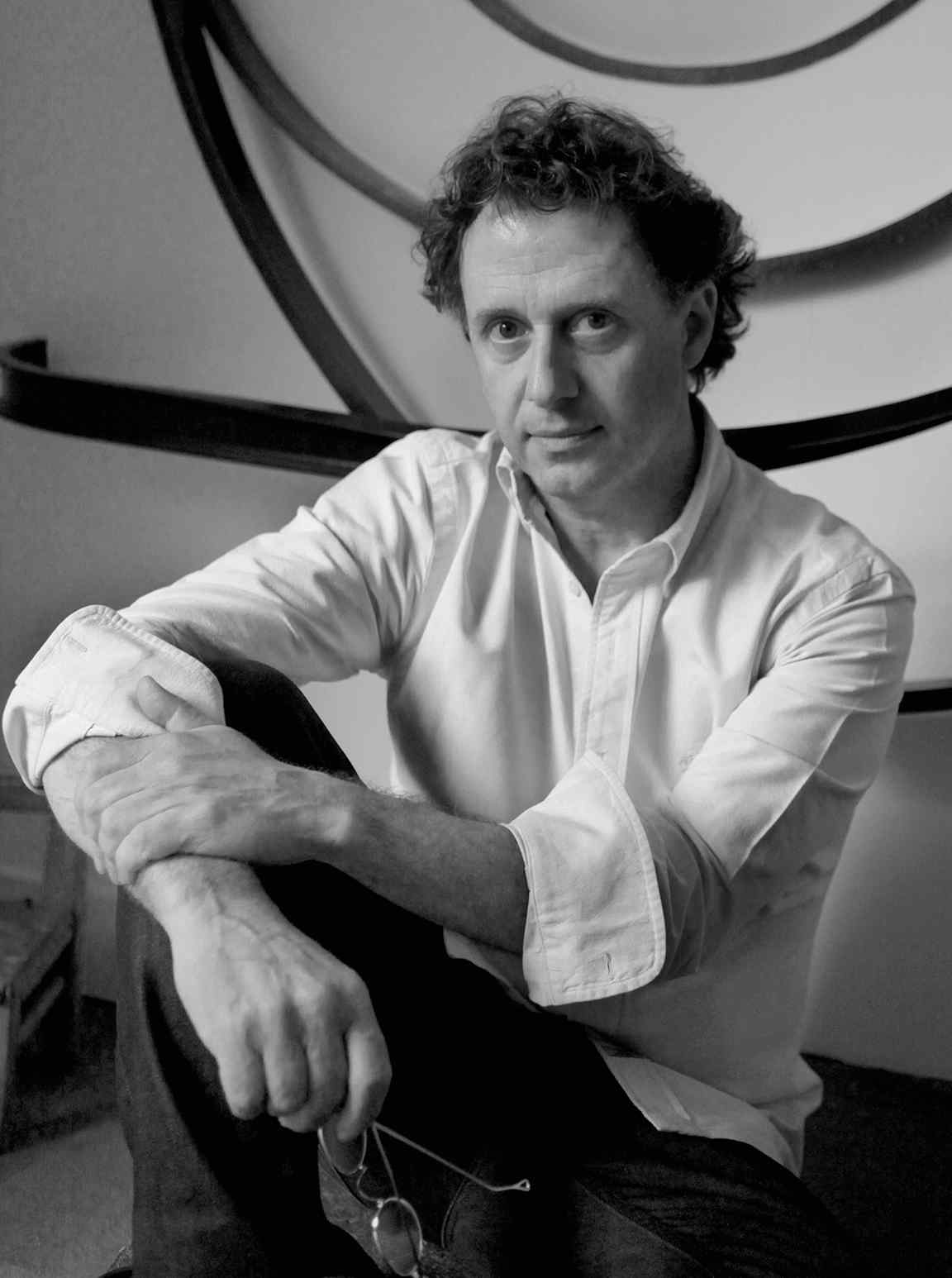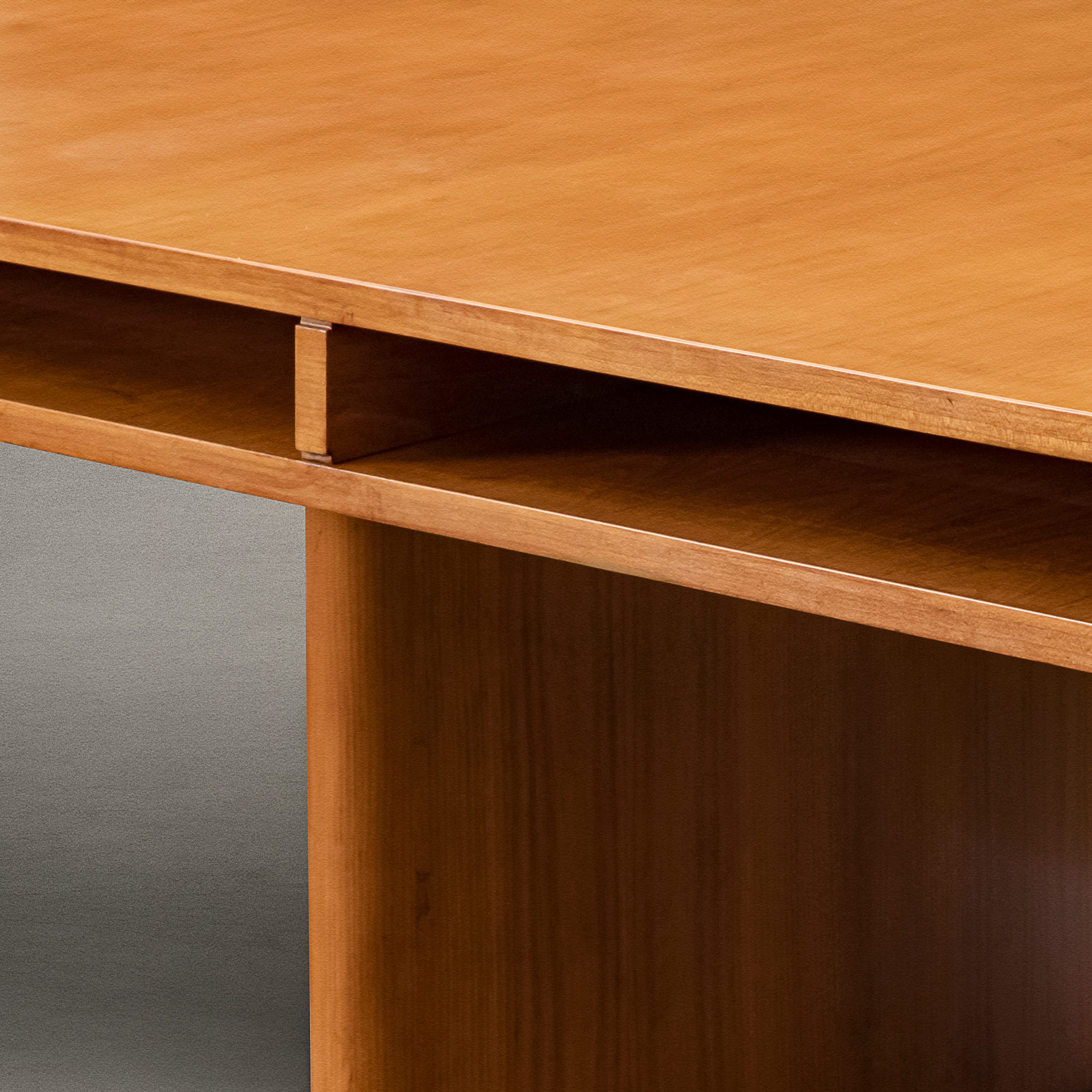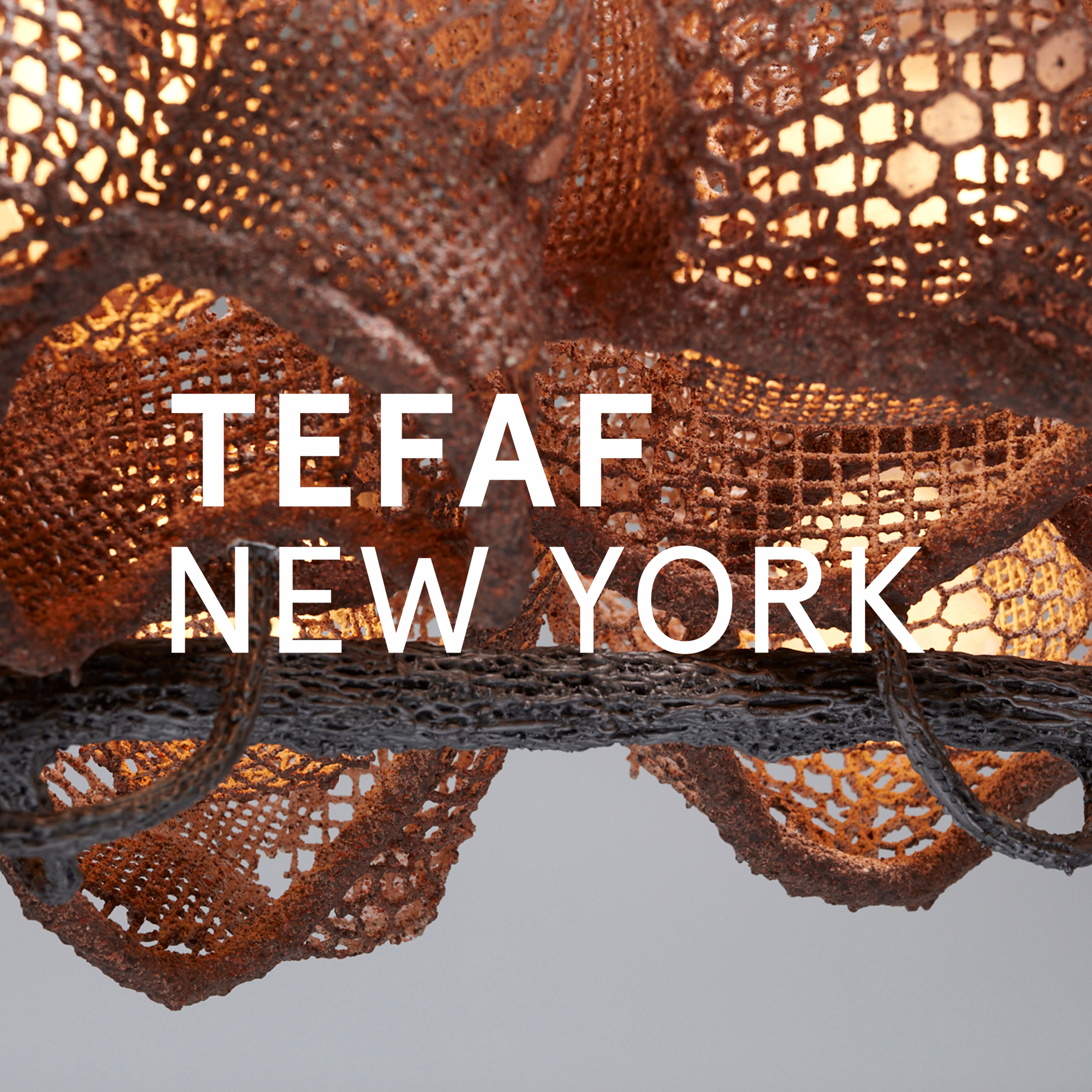EXHIBITION STATEMENT
Neobaroque Design invites the viewer to consider contemporary design objects beyond their functionality and industrial scope.
The thirty-three works that make up the exhibition represent the most recent manifestations of contemporary design from national and international artists. Works range from pieces by Alexander McQueen and Junya Watanabe, whose collections frequently reference baroque aesthetics, to the architectural volumes of Zaha Hadid and Frank Gehry; likewise, Nacho Carbonell’s play with textures and organic forms is juxtaposed against the experimental furniture and implausible lamps created by the Dutch workshops Studio Job and Studio Drift.
The Franz Mayer Collection is represented by six pieces dated between the seventeenth and eighteenth centuries that serve as a window to the universe of European and New Spanish Baroque. These objects stand out for their technical quality, originality and use of materials. The intimacy of the baroque space is present in the frame of a mirror, a lidded paper bin and a wardrobe, all of which exhibit complex and beautiful geometric patterns in marquetry. Meanwhile, the relationship between the Old Continent and America is manifested in a Portuguese chair of embossed leather and in an enameled porcelain container that evokes the annual trips of the Manila galleon laden with exotic oriental pieces.
Curated by Ignacio Prado, a specialist in neobaroque design at the Ibero-American University, the exhibition is divided into five thematic areas. The Baroque Gold: The Transformation of Materials places the luminosity of the baroque in dialogue with design and fashion; The Arts Hall: The Fusion of Materials and Forms explores the influence of ornamental styles on design; The Otherness of Conceptual Objects: The Poetics of Design addresses the object as a mirror of our emotions; The Dark-Clear Chamber: Objects of Light and Shadow examines the use of light in the baroque; and The Garden of Earthly Delights: Nature and Artifice exalts the natural environment and its moral and aesthetic implications. Each of the pieces invites the public to enter into a visual game, and to discover the fusion of craft techniques and new technologies—the synthesis of materials, forms and dimensions in pursuit of the art within the everyday object in constant transformation.
Read More







